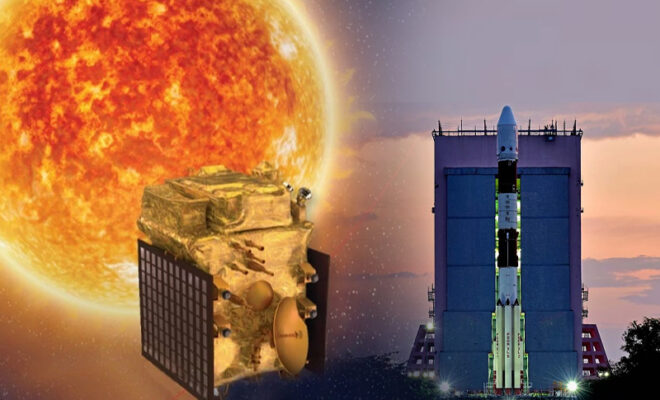ISRO to launch Aditya-L1 mission to Sun after historic moon landing

After several years of development, India’s first solar space observatory mission, Aditya-L1, on board the Indian Space Research Organisation’s Polar Satellite Launch Vehicle (PSLV) will lift off from Sriharikota at 11:50 am local time on Saturday for its 125-day voyage towards the Sun.
Operated by ISRO, the PSLV will place the spacecraft in a highly eccentric Earth-bound orbit, from where it will perform multiple orbital manoeuvres to reach the Lagrange Point-1 (L1), about 1.5 million km away. That is 1/100th of the distance between the two celestial bodies.
“L1 is a location in space where the gravitational forces [of the Sun and Earth] are in equilibrium,” ISRO said. Upon reaching the point, Aditya-L1 can maintain an uninterrupted view of the Sun and access solar radiation and magnetic storms before they get influenced by Earth.
Considered the primary payload of the satellite, the Visible Emission Line Coronagraph (VELC) will send one image per minute on reaching the intended orbit to the ground station for analysis – amounting to approximately 1,440 images in 24 hours.
Aditya-L1 Mission Launch Follows Chandrayaan-3 Moon Landing
According to the Indian Institute of Astrophysics (IIA), the first images could be available by February-end, with the 190 kg VELC payload predicted to share images for five years – which is the nominal life of the satellite but could extend further depending on fuel consumption.
Also Read:- India To Initiate Simultaneous ‘One Nation, One Election’
Following its scheduled launch from Sriharikota on September 2, the satellite will remain in Earth-bound orbits for 16 days, during which it will undergo multiple manoeuvres to achieve the required velocity for its further journey towards the Sun.
Upon arrival at the intended point, another manoeuvre will bind Aditya-L1 to an orbit around L1, ISRO added. The strategic placement at the L1 point will offer gravitational stability, thus minimising the need for frequent orbital maintenance efforts.
India’s maiden solar mission comes close on the heels of its successful moon landing last month. With the Chandrayaan-3 mission, the country became the first in the world to land a craft near the lunar south pole, a largely uncharted territory.



